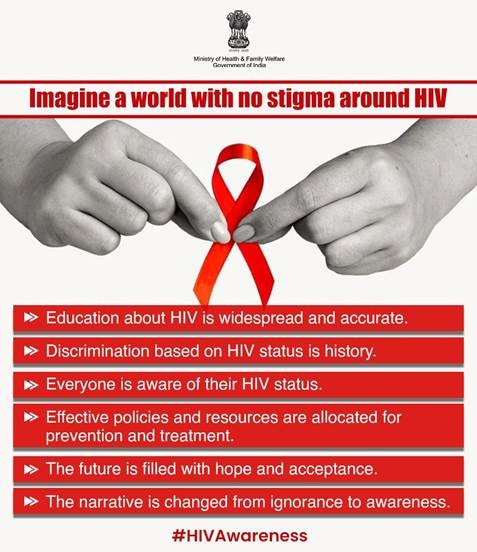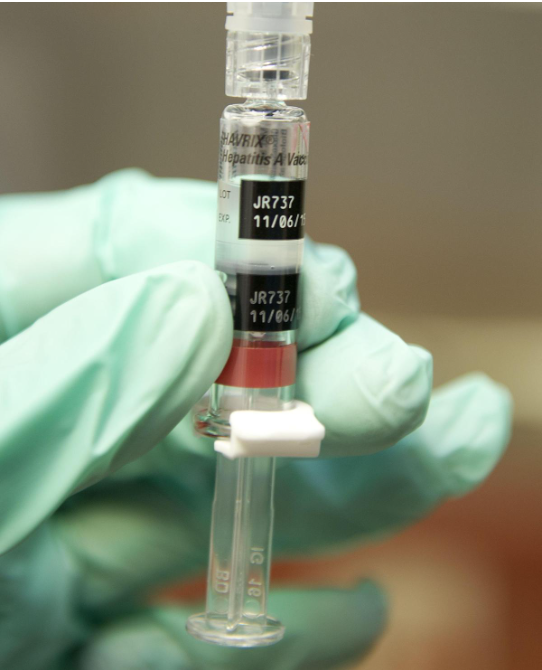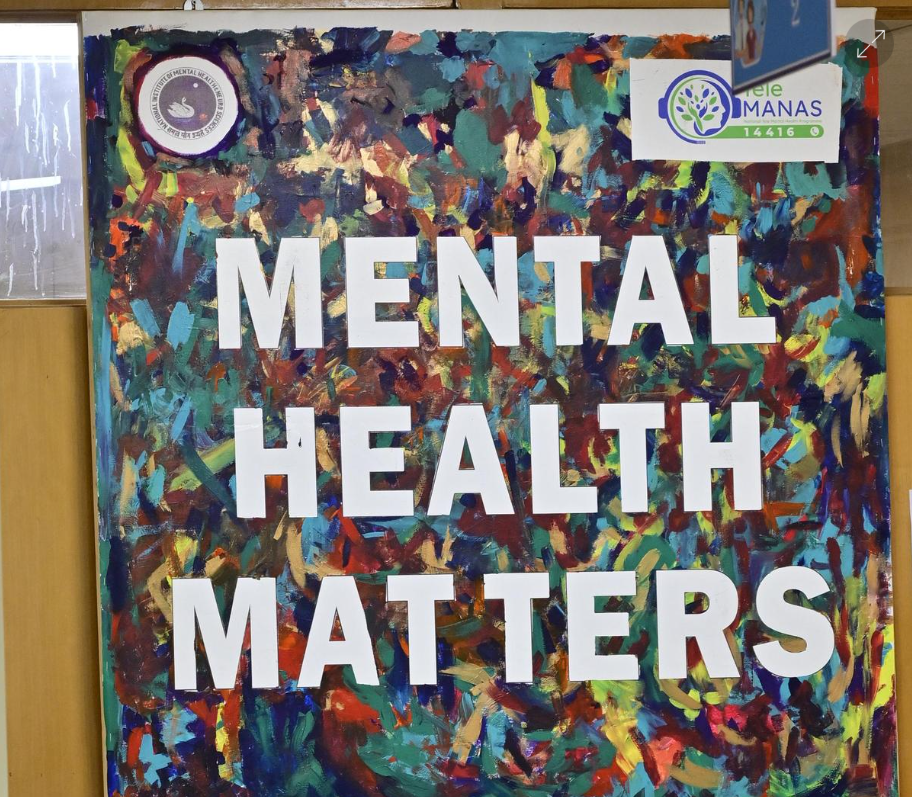Description
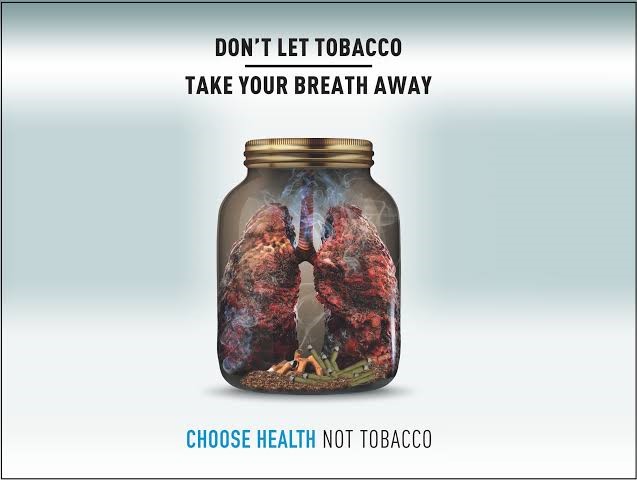
Image source: The Hindu, Disclaimer: Copyright infringement not intended.
Context:Bengaluru finds special mention in a World Health Organisation (WHO) report on tobacco control measures released Monday.
Findings of the report
Positives
- Across the world, there are 300 million fewer smokers today, with the prevalence of smoking declining from 22.8% in 2007 to 17% in 2021.
- In the 15 years since the MPOWER measures were first introduced, 5.6 billion people in the world – or 71% of the entire population – remain protected by at least one of the measures. This has increased from just 5% of the population in 2008.
- The number of countries implementing at least one MPOWER measure has increased from 44 countries in 2008 to 151 in 2022.
- With a focus on second-hand smoke, the report says that almost 40% of countries now have completely smoke-free indoor public spaces.
Negatives
- There are at least 44 countries in the world that still do not implement any MPOWER measure.
- There are 53 countries that do not completely ban smoking in healthcare facilities.
- Only half of the countries have smoke-free workplaces and restaurants.
- The tobacco industry’s aggressive promotion of E-cigarettes as a safer alternative to cigarettes is threatening negative impacts of it.
India specific findings
- India has the highest level of achievement when it comes to putting health warning labels on tobacco products and providing tobacco dependence treatment.
- With 85% of cigarette packs carrying health warnings both on the front and back, India figures among the top 10 countries in terms of the size of health warnings.
- The cigarette packets in the country also carry a toll-free number for a quit line.
- India has also banned the sale of e-cigarettes and banned smoking in healthcare facilities and educational institutions.
- The report ranks the implementation of these bans an 8 out of 10 in healthcare facilities, 6 in schools, and 5 in universities.

About MPOWER
- WHO developed the MPOWER in 2008.
- It was developed to
- measure and monitor tobacco use and prevention policies;
- protect people from tobacco smoke;
- offer help to quit tobacco;
- warn about the dangers of tobacco;
- enforce bans on tobacco advertising; and
- raise taxes on tobacco products.
- The report assesses the implementation of these measures.
- The MPOWER measures at a best-practice level to fight the tobacco epidemic, which kills 8.7 million people globally, and push back against the tobacco and nicotine industries, which lobby against these public health measures.
Secondhand Smoke
- Secondhand smoke (SHS) is smoke from burning tobacco products, like cigarettes, cigars, hookahs, or pipes.
- Secondhand smoke exposure occurs when people breathe in smoke breathed out by people who smoke or from burning tobacco products.
- There is no safe level of exposure to secondhand smoke; even brief exposure can cause serious health problems and be deadly.
- Completely eliminating smoking is the only way to fully protect people who do not smoke from secondhand smoke exposure.
Why is secondhand smoke harmful?
- There are more than 7,000 chemicals in commercial tobacco smoke, including hundreds of chemicals that are toxic and about 70 that can cause cancer.
Here are just a few of the chemicals and toxins in commercial tobacco smoke:
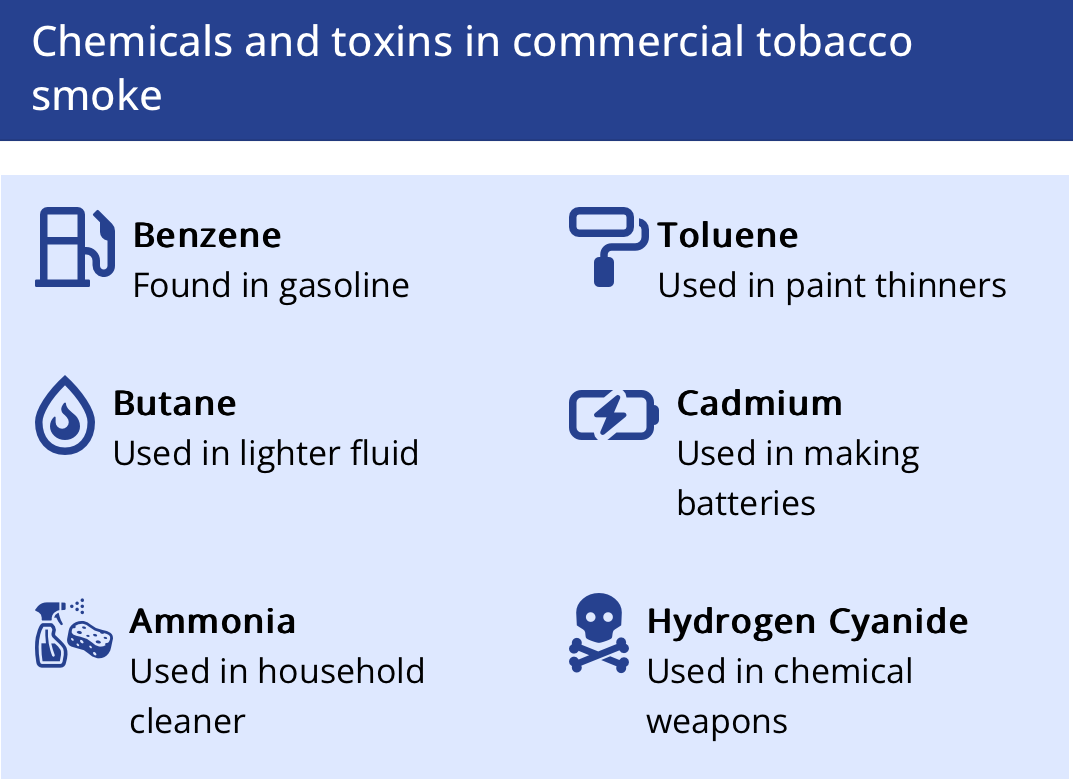
- Secondhand smoke can cause coronary heart disease, stroke, and lung cancer in adults who do not smoke.
- Because their bodies are still growing, infants and young children are especially impacted by health problems caused by secondhand smoke.
- Children exposed to secondhand smoke are at an increased risk for sudden infant death syndrome (SIDS), acute respiratory infections such as pneumonia and bronchitis, middle ear disease, more frequent and severe asthma, respiratory symptoms, and slowed lung growth.

Way ahead:
- Taxation: The government should consider increasing excise taxes either basic excise duty or National Calamity Contingent Duty (NCCD) on all tobacco products.
- Role of GST Council: The harmful product such as a bidi needs cess to be levied on it under the GST and the specific cess applied on cigarettes should be increased.
- Tobacco Control Laws: The experts have urged the government to increase the legal age of the sale of tobacco products from 18 to 21 by amending the Cigarettes and Other Tobacco Products Act (COTPA), 2003. There is a need to consider the suggestions.
- Wariness and education: The role of teachers and parents is crucial in creating awareness among children and their parents about harm due to tobacco use and for shaping the attitude of children in this regard.
- Strict implementation measures: There is still promotion of e-cigarettes and other regulated tobacco products in India despite a ban on them. There should be strict enforcement measures in place.
|
PRACTICE QUESTION
Q. Consider the following statements:
- Increased risk for sudden infant death syndrome (SIDS).
- Acute respiratory infections such as pneumonia and bronchitis.
- Middle ear disease.
- More frequent and severe asthma.
Which of the above statements are correct regarding the impacts on second hand smoke in children?
- One only
- Two only
- All correct
- Three only
Ans: C
|
https://indianexpress.com/article/explained/explained-health/who-report-on-tobacco-control-key-findings-how-india-fares-8871988/








